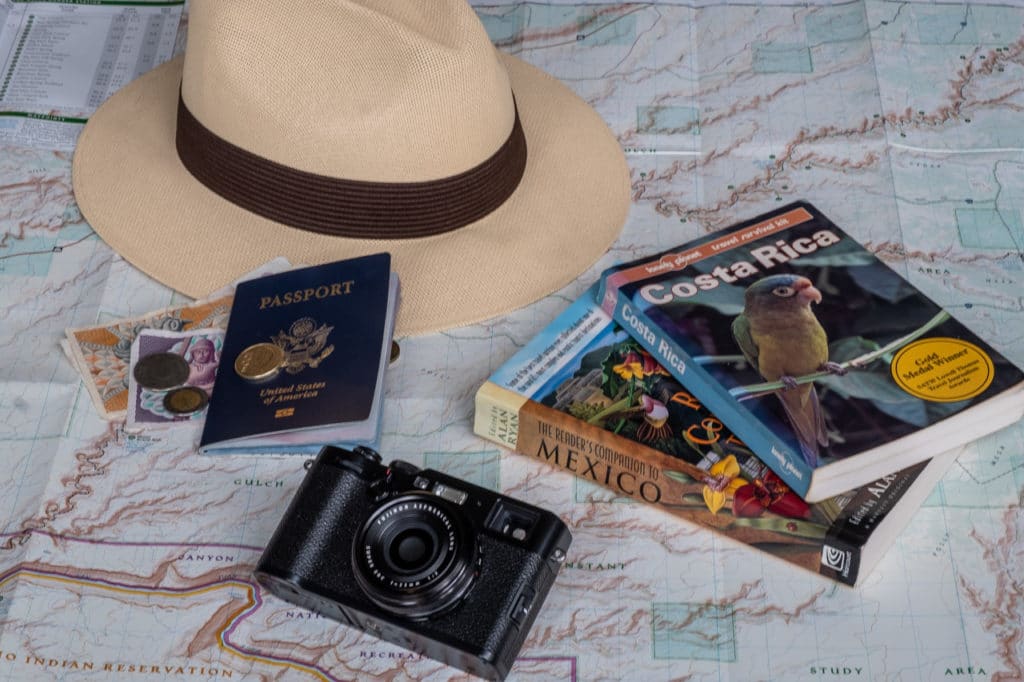
A season rarely goes by that I am not approached by several photographers asking my advice on how to pack for a trip, or prepare for a vacation, or want to know what lenses to bring on a workshop. I am writing this article to shed some light on my approach, and how I prepare for a photographic trip.
When someone one asks me what camera equipment to pack for a vacation, the first thing I ask them is: “What is the purpose of your trip?” Is the purpose of the trip a family vacation, and you hope to squeeze a few shots in here or there, or is the purpose of the trip to get great photographs? For the purposes of this article I am assuming that you are travelling like I travel—to get great photographs, and everything else is secondary.
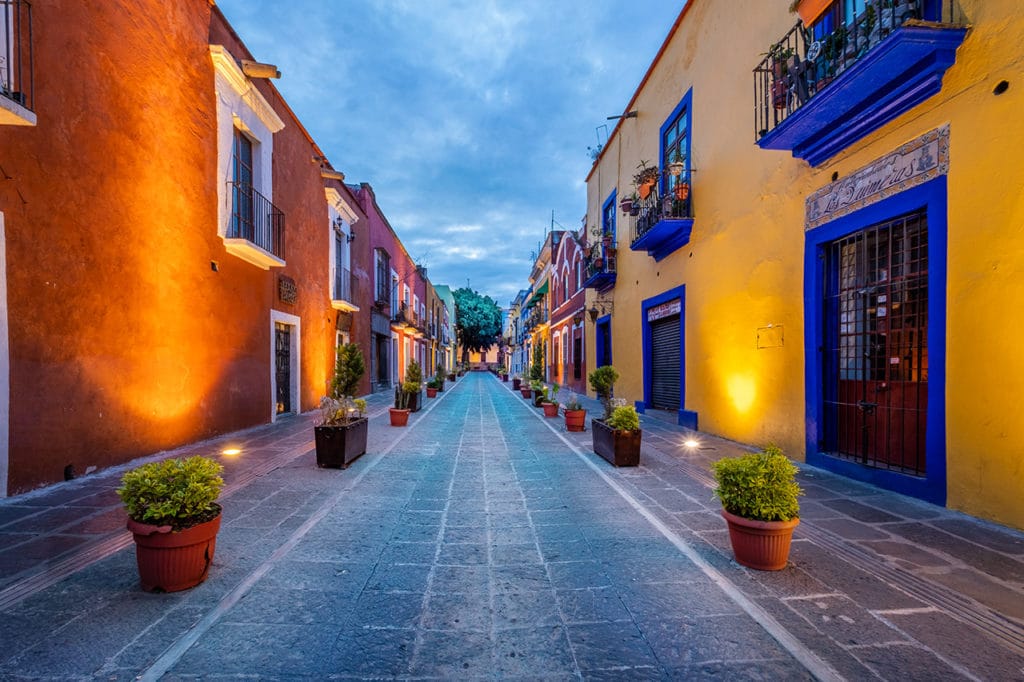
The next question I raise is; “How are you travelling?” If you are travelling by car—well then you have a camera bag on wheels—and a pretty damn big one at that. There isn’t much need for decisions about gear, you simply throw everything you own or could possibly want to use into the car and hit the road!
If, however, your trip includes flying, or traveling where there is a restriction on the amount of equipment that you can bring, then you have entered the realm of compromise. Travel Photography is really an exercise in compromise and how to best utilize limited resources. Let’s break this discussion into three considerations: Destinations, Transport, and Tools.
Destinations

Where are you going and what do you plan to photograph? Will you be spending your time walking the streets of Paris or Rome? Or will you be trudging up the rugged slopes of Kilimanjaro? Will you be photographing the spring migration of the Sand Hill Cranes on the Platte River? Or will you be photographing the nightlife in Rio? Where you are headed and what you plan to photograph will in large part determine the best way to carry your gear and what gear you should bring. If your trip combines a combination of destinations (which mine frequently do) this is where the real art of compromise begins. You must determine what is the most important destination and subject for your photography trip and then make your decisions accordingly.
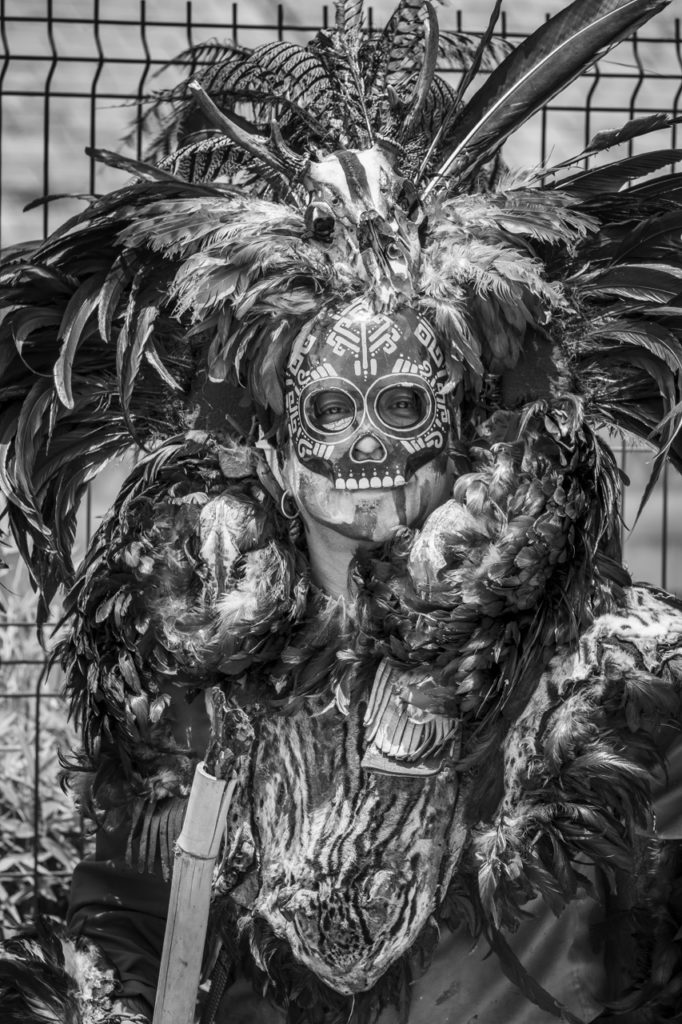
Transport
What is the best way to transport your gear? By and large this will be dictated by your answers to the above question about destinations. For me, it comes down to if I am walking streets or paths: if I am working the streets of a Mexican village I want a camera bag that is easily and readily accessible, if I am hiking for several miles to ancient ruins high in the Andes Mountains, or walking down a lonely path hauling a large lens to photograph a bevy of birds, I prefer a backpack, which will allow me to haul the gear in relative comfort. If your travel plans include flying never check your primary camera bag, whatever bag style you choose it should serve as your carry-on bag for your flights.
Shoulder Bags:
My preference is a shoulder bag that can be swung around to my back for carrying a long distance or swung back to my front in order to access equipment, or serve as a platform for changing lenses. For years I used a LowePro Orion AW, unfortunately they quit making that model and mine was overdue for replacement. I just purchased a Peak Design Messenger Bag, one of the features that sold me on this bag was it’s waist strap which takes a significant amount of weight off your shoulder and puts it on your hips. A large shoulder bag can carry a surprising amount of gear. For transport purposes while flying I usually put secondary accessories; tripod, flash, battery charger and the like, in my checked bag. Prior to going out to shoot I pack the shoulder bag with only those items I think I will need for the outing and leave the rest in my hotel room.

Backpacks:
I have owned and used just about every major brand of camera backpack. Honestly, I have found them all wanting. My biggest complaint for camera backpacks is the lack of adequate suspension system. The best I have found is the LowePro brand. Your choices here are pretty simple; you want the biggest bag you will need, however, remember that if you are flying the bag must meet the airline’s requirements for carry-on size. Although there are FAA guidelines, specific requirements can vary by country and airline. For the most part airlines are very accommodating for camera equipment provided that you don’t try to haul too much gear. I use the same method of working as I do with a shoulder bag in that I pack the backpack with only those items I think I need prior to the specific destination of the day and leave the rest of the gear in the hotel.
Yes flight pre-checks and inspections have gotten more stringent and restrictive regarding what you can carry on. Here is a little tip; most aftermarket and OEM camera batteries are now sold in plastic containers. Save those containers for transporting the batteries while you are flying. I am very accommodating for TSA screeners who want to go through my equipment bag. I try to pack it so it is easily accessible and inspected.
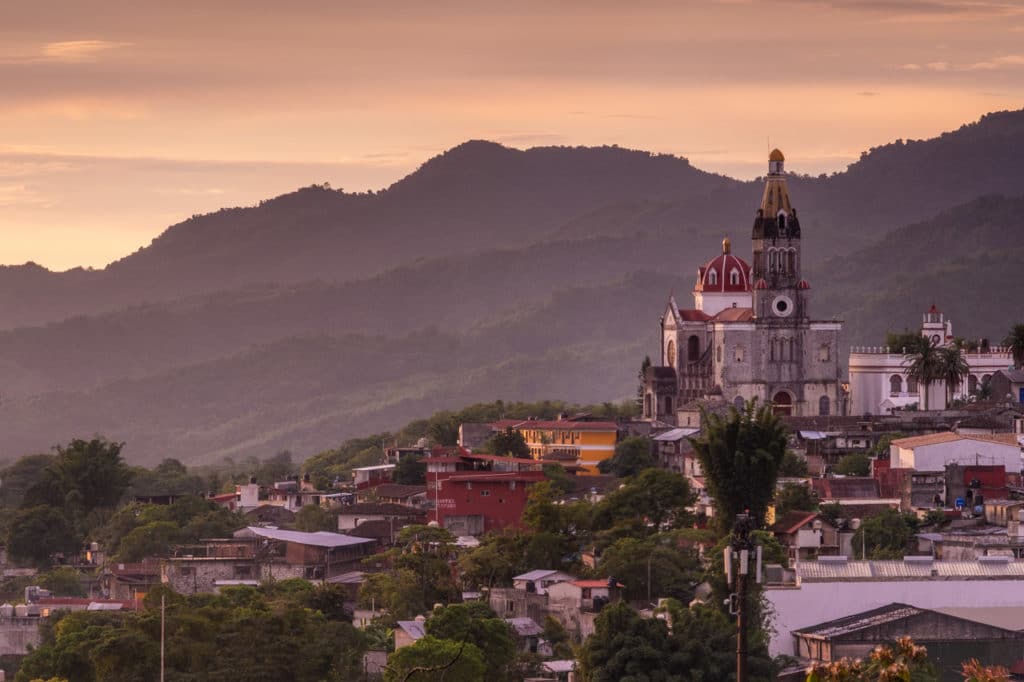
Tools
What camera gear do you need to accomplish your photographic goals? Again the answer to this question has a lot to do with how you answered the first two questions; destinations, and transport of your gear. Before deciding on your camera and lenses consider your trip priorities; what is the most important photograph (or photographic subject) that you want to get on this trip?
You need a camera, and a back up camera. You need the lenses to give you the view to capture the images you desire. You will need any accessories that will help you achieve your vision (flash, filters, extenders ect,). Take what you need but only take what you need. Don’t duplicate focal lengths of lenses unless there is a very compelling reason. Usually you can make do with a few gaps in focal length. For instance my typical travel kit covers the following ranges of focal length (given in full frame equivalent): 16-35, 24-70, and 100-400. I am not a big fan of zoom lenses that cover too wide a range like the 18-300mm type. They underperform the zoom lenses of more limited range. The purpose of my trip is to get the best possible photographs so I don’t want to hamstring myself with inferior optics.
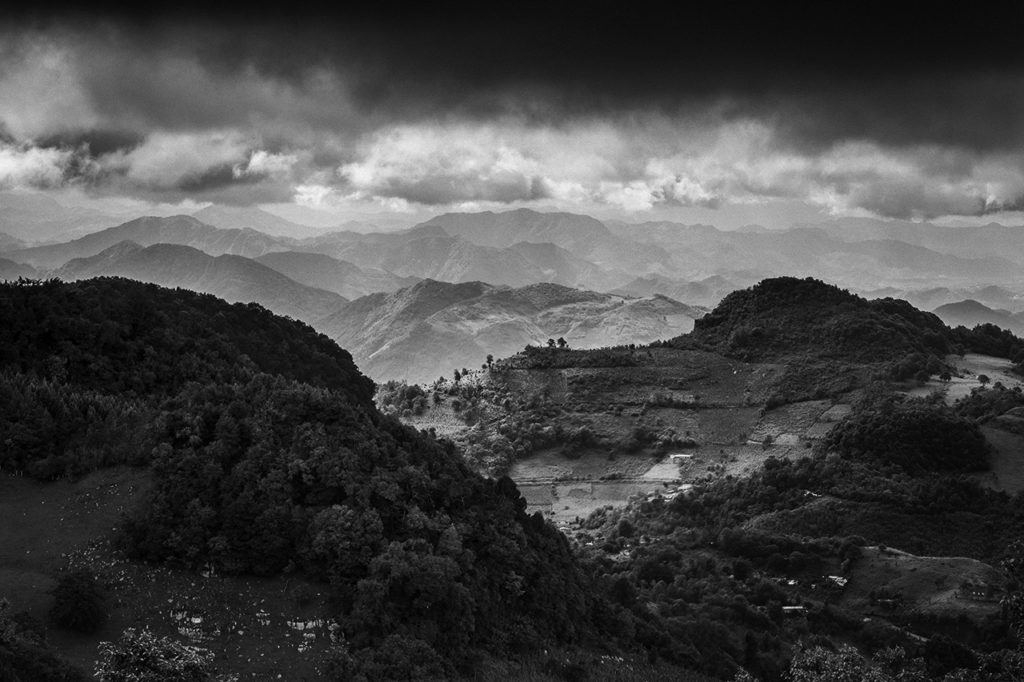
Tripod or no tripod? This seems to vex photographers more than any other equipment decision. For me the answer is crystal clear. I would never travel without a tripod. Yes, I hand hold more photographs while I am traveling than I ever would at home but I deem this piece of equipment as vital to my photographic goals and vision. There are times when I bring my full sized tripod and there are times when I compromise on size in weight in exchange for portability. When I need a smaller tripod I use my Mefoto Globetrotter C2350 carbon fiber tripod. This tripod is very portable yet sturdy enough to handle most adverse conditions.
Pocket camera? For me it depends on where I am going. If I will be anywhere I might shoot street photography then yes a pocket camera comes along. I have been working with a Fujifilm X-70 which is a fantastic camera, although some may find the fixed 28mm equivalent lens restrictive. I love the rugged build of the camera, the superb image quality, and the small size to be perfect for street photography. Recently I purchased the Fujifilm X100F compact camera. This camera has a little better image quality but is a little larger in size. I look forward to giving it a try on my next trip.
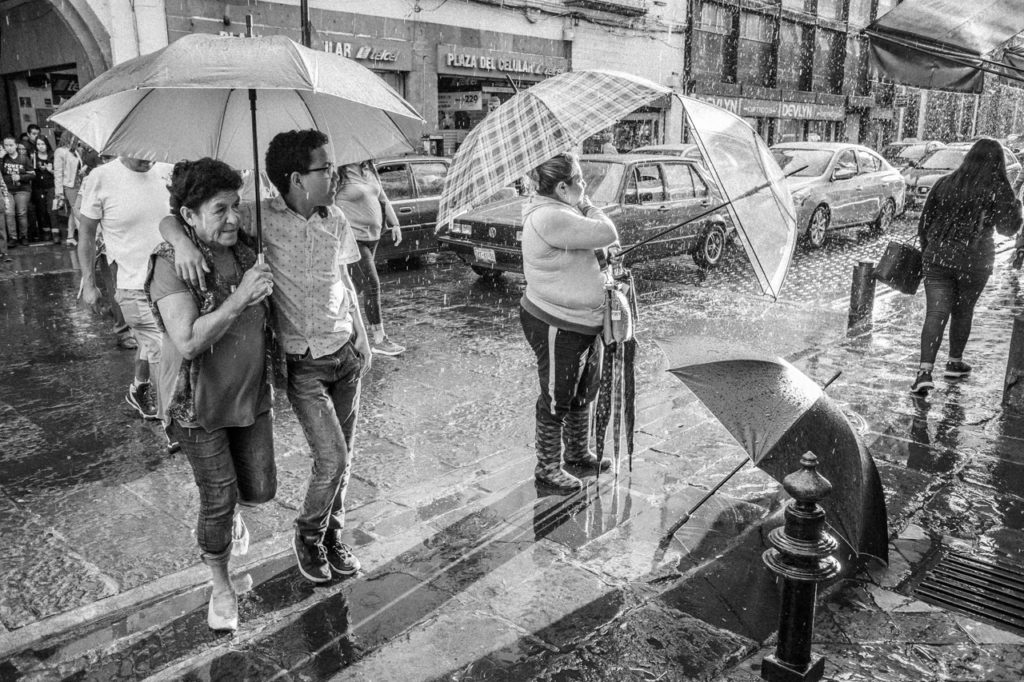
Conclusion:
Remember that the key to travel photography is making educated compromises while still allowing you to have the tools you need to make the images that you want. No one lens, or camera bag, or tripod will be right all of the time. Make your educated decisions and then learn to make the best possible images with what you have. Like anything the more you do it—the more you travel—the better you will get. Bon Voyage!
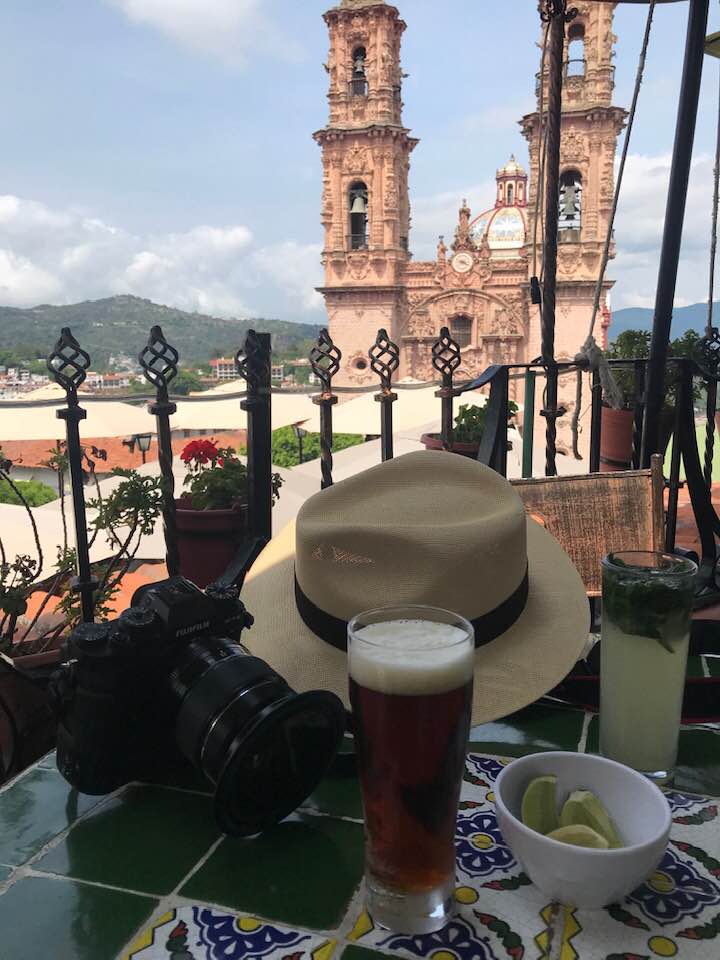
Check out my travel workshops here: Nature & Travel Photography Workshops.
